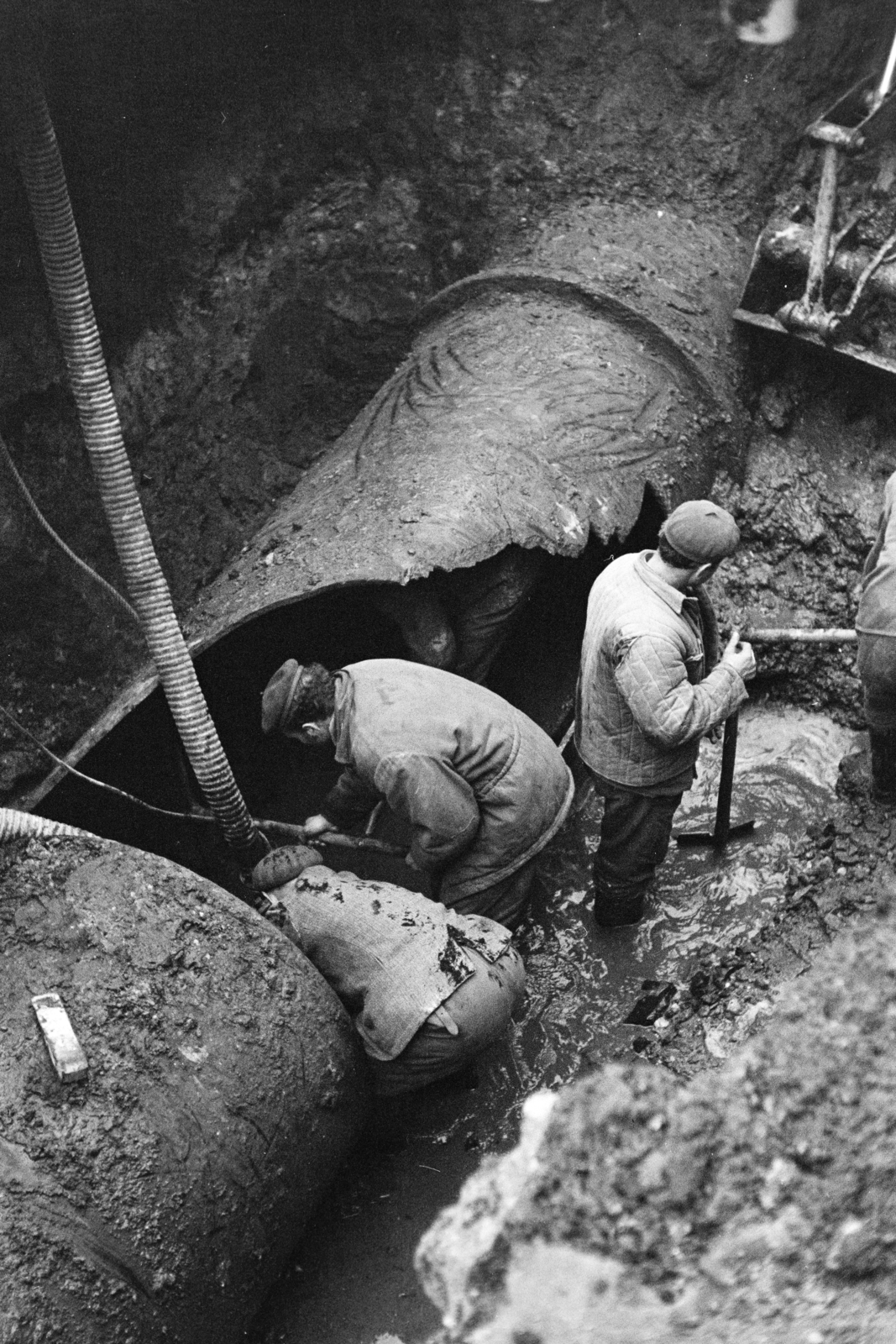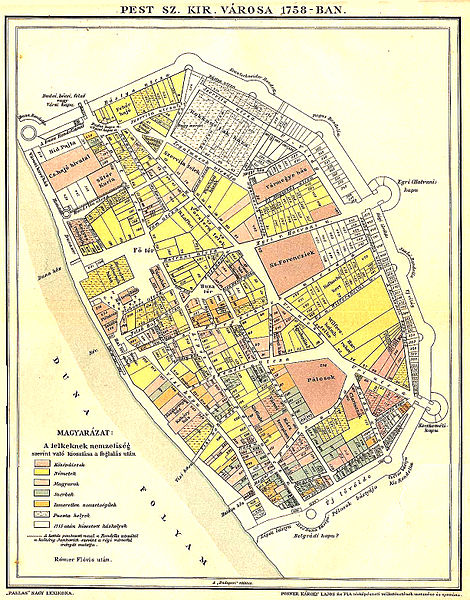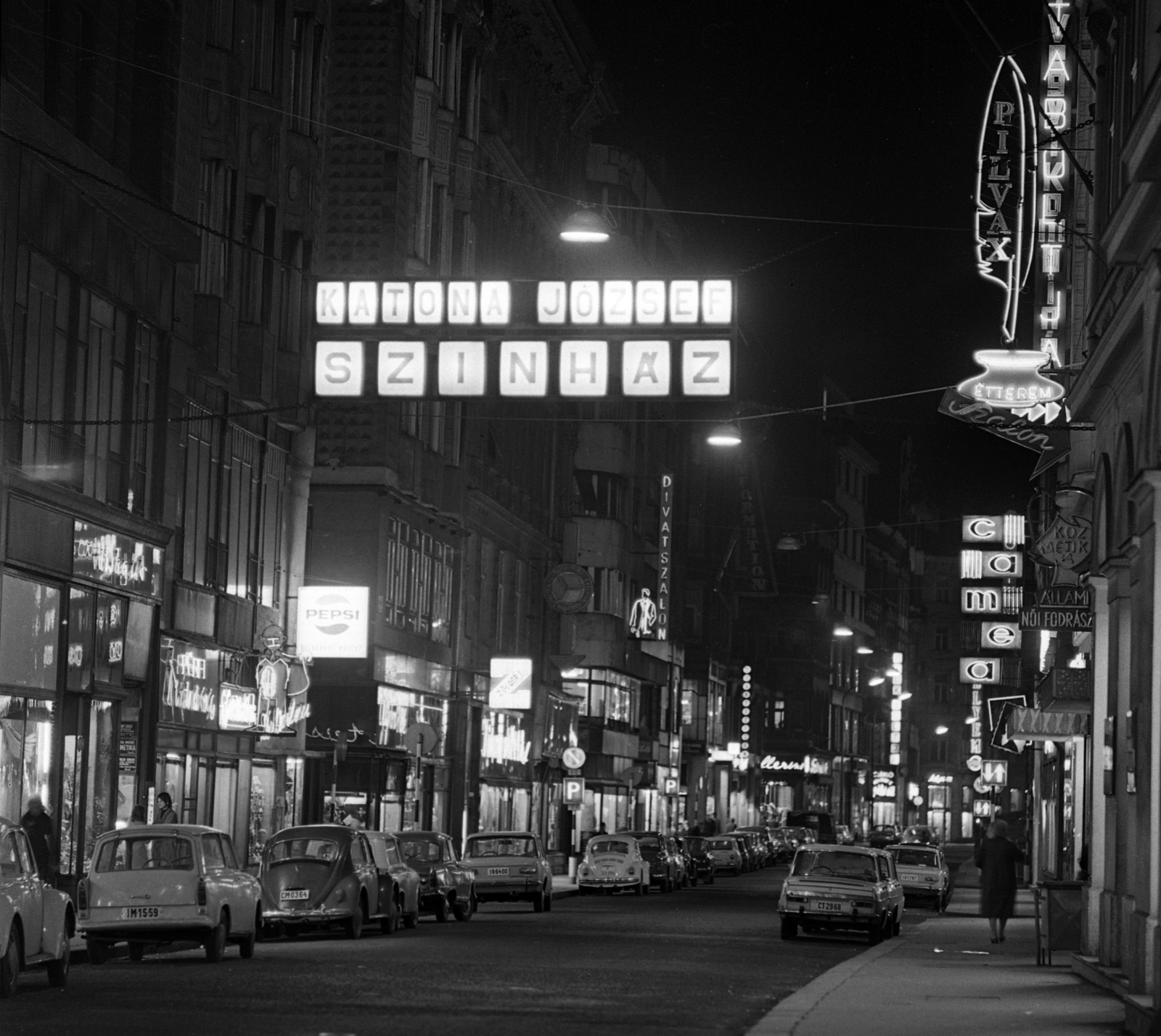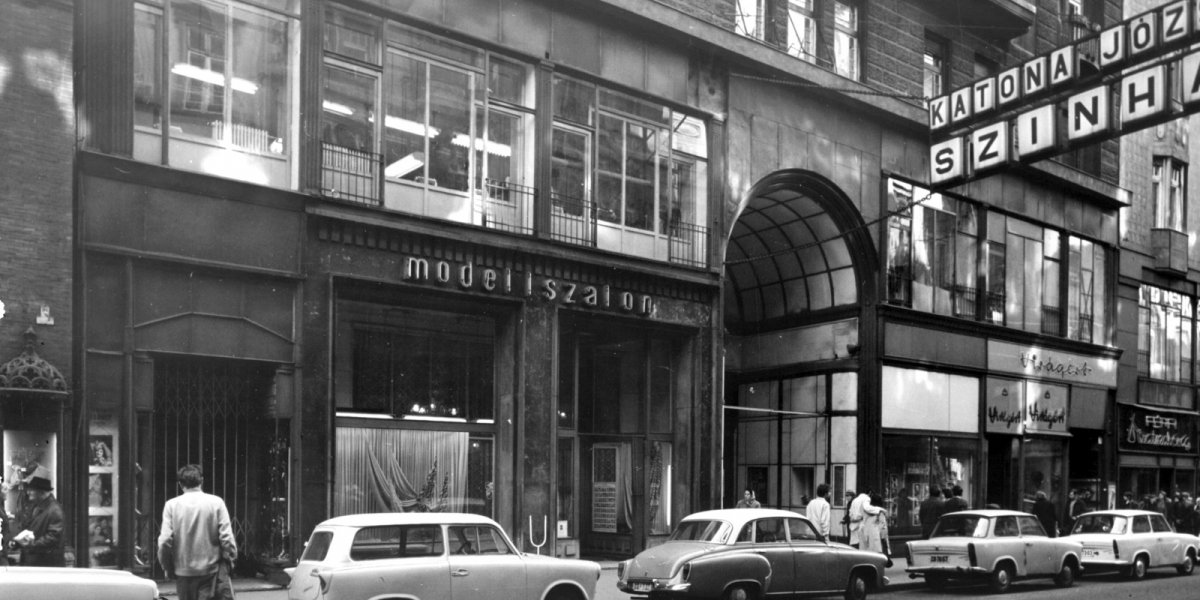The story began like any major pipe burst, with a larger water pressure pipe rupturing in Petőfi Sándor Street. It was the second in the city centre that day, because on 25 January 1972, there was a small pipe burst next to the Matthias Cellar, which could be repaired quickly, and then not long after in the Petőfi Sándor Street, in front of the Katona József Theater, a much bigger, 500-millimeter main pressure pipe burst. The 26 January 1972 issue of Magyar Nemzet wrote about the accident:
“In front of the Katona József Theater, in Petőfi Sándor Street, a real Niagara broke out. The crater became wider and wider, and the water flooded the sidewalk. The burst pipe could not be reported to the central service of the Waterworks, which was open until 7 pm, the called telephone exchange remained silent, because many thousands of telephone exchanges in the Petőfi Sándor Street area of the city center were silenced due to the soaking of the cables. ”
The outflowing high-pressure water practically carved a crater into the street, reaching a diameter of 9 meters. Traffic had to be diverted, of course, and even the lights had to be switched off.

The picture was taken at an earlier pipe burst on the Outer Ring Road in 1970, where a similar but smaller pipe broke in Petőfi Sándor Street (Photo: Fortepan, No.: 206521)
The damage was relatively large. On the one hand, the telephone and telex cables running there were soaked, which caused the telex connection of inner city companies and offices to be interrupted, and as the article pointed out, thousands of telephone lines were silenced. The biggest damage was to the Katona József Theater, the water burst into its cellar and flooded it two and a half meters high, which destroyed the theatrical scenery.
In the Katona, therefore, the performances of that day and the following day were cancelled. Restoration began immediately, waterworks specialists repaired the damaged pipe, and Post employees were forced to replace the telephone and telex cables at 40 meters because they were so damaged that they became unrepairable.
They were only able to play again at the Katona József Theater from 3 February, but as some of the sets were completely ruined, a change of program was needed.
However, during the recovery, an interesting thing was found. During the restoration, wall remains were found, so it was believed that the remains of a section of the old Pest city wall had been found. On 3 February 1972, Magyar Nemzet described the discovery as follows:
“The strong water pressure tore the basement wall. At the occasional passage created in this way, a one-meter-wide underground corridor was found under Petőfi Sándor Street, which is parallel to the street. On the other side of the corridor, another wall was built of limestone and brick, about two meters high, and about a meter wide, which turned out to be the same as the former city wall of Pest. ”
The news was written by all newspapers, as the Magyar Távirati Iroda [Hungarian Telegraph Office] also published it. In addition, they were able to follow the wall all the way to Ferenciek Square (then called Felszabadulás Square). However, the situation was more complicated than that. Because if we look at the running of the city walls of Pest, they didn't go there.

For the explorers it was not suspicious that the city wall of Pest was located elsewhere, on the trail of Inner Ring Road (Source: ground plan of the free royal city of Pest in 1758, copper engraved map of Pest, Wikipedia)
Since a wall and a tunnel-like thing were indeed found, what it was was finally clarified in Magyar Hírlap, when the newspaper also visited the "city wall" with the employee of the Budapest History Museum, Katalin Melis.

Petőfi Sándor utca in 1973. No trace of the pipe burst (Photo: Fortepan, No.: 18805)
Both the paper's colleague and the museologist found a corridor clogged with mud behind the collapsed cellar wall and a stone wall at the end, but as the paper wrote in its 4 February 1972 issue:
“Katalin Melis just looks at it and the expert opinion is ready: one side of the corridor is made up of the retaining wall of today’s building, the other part of the wall is really older, but only a remnant of a building erected in the last century.
"It may have happened - she explains - that during the town planning at the beginning of the century, some old buildings were demolished, widening Petőfi Sándor Street, but their foundations were left in the ground." Meanwhile, the leaking water filled the space between the two parts of the wall with sediment. Now the pipe burst has washed away the sediment in half, so the tunnel between the “ancient city wall” and the wall of the theatre was born. ”
So the water only brought to the surface the foundation walls of the old inner city buildings, not a hitherto unknown city wall part. It would have been strange to have a city wall here, as the walls of the medieval Pest ran along the Inner Ring Road, they can still be seen in the courtyards of some houses in many places.
Cover photo: The Katona József Theater in 1971 (Photo: Fortepan, Budapest Archives. Reference No.: HU_BFL_XV_19_c_11)




































Hozzászólások
Log in or register to comment!
Login Registration